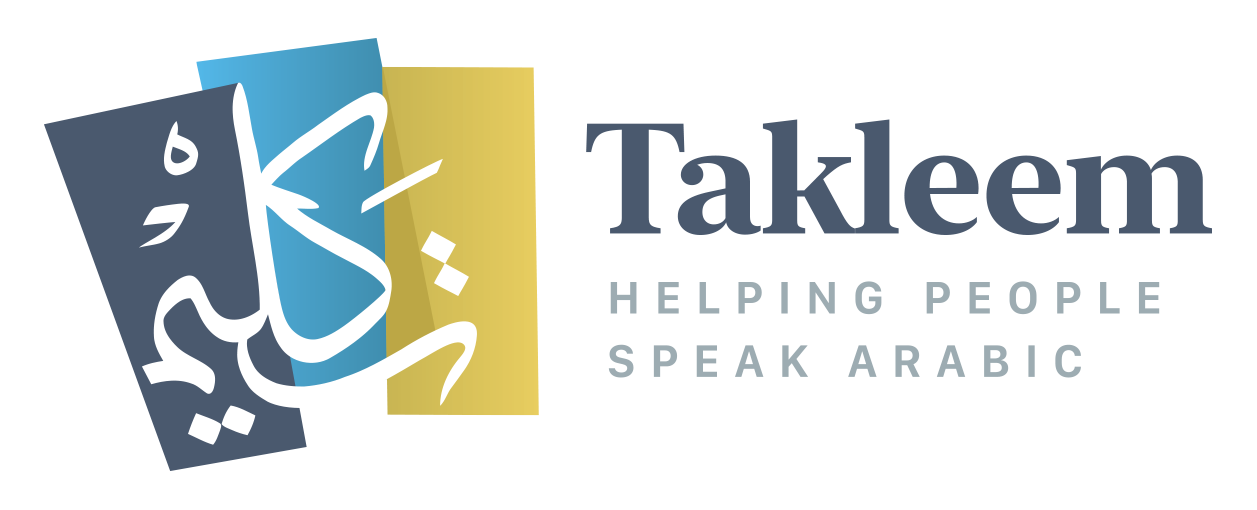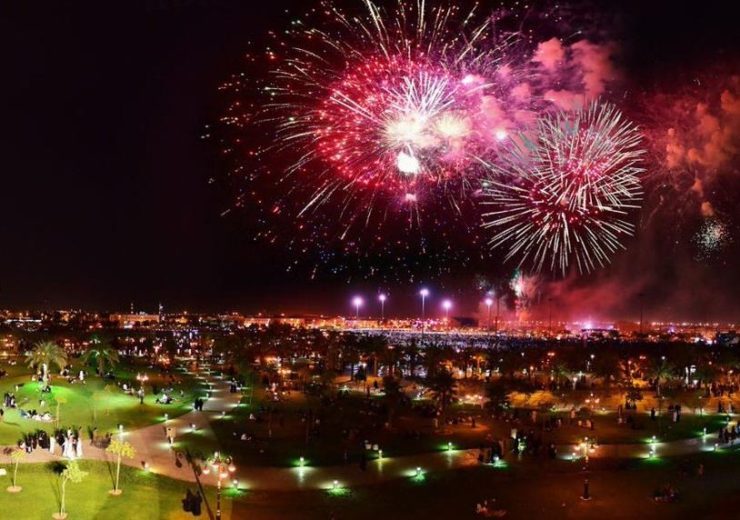Arabic Language History

The language definition – what are the roots?
We as a whole realize that the historians, many years ago, tracked down the origin of language as “the sound” that we hear by our ears – we then proceed with speaking to express our thoughts of what we want to say or feel. However, language is not only the sound and speech, but rather it is our thinking, along with our rationale and our mind – it is the thing that distinguishes the human from animals. Therefore, languages in general, express the great human capabilities and how people communicate and interact with each other – resulting a creation of an original culture. For this reason, language is firmly identified with the way of life, and we cannot separate them. If you want a chance to get to know about the culture, the primary thing you need is to get familiar with its language.
How the Arabic origins associate with the Islamic religion
Truth be told, historians have not yet been able to completely comprehend the origin of the Arabic language. Yet, some said that it is the language of Adam in Heaven, where Allah quoted in the Qur’an: “Allah taught Adam the names- all of them in the language”. Before the Islamic religion, the Arabic language was historically associated to the sixth century as Quraish tribe (individuals who were living in Makkah) and they used to speak it. Their accent was distinguished because of its correctness, beauty, and the absence of errors compared to other Arab people’s dialects.
In the seventh century, Allah sent the Holy Quran with Prophet Muhammad – may God favor him and award him harmony – where Allah also stated the clear Arabic tongue. This language is the same dialect that Quraish speak, and that created a challenge, and from that moment, the miracle began with the Prophet Muhammad.
The Arabic culture and language –how did it all start?
As you realize that all the prophets, including Jesus, Moses, Solomon and others – Allah has granted them with unique miracles that were all visible and can be seen by the eyes. In the past, Jesus was able to heal sick people and resuscitates the dead, and Moses obtained “The Magic Stick”, snakes, the white hand, and had the power to split the sea apart until his people passed.
Since the Quraysh were recognized by the Arabic language, it was perhaps the main abilities they dominated, their proficiency in this language – they gave the Arabic language such great importance that they were holding a linguistic conference every year called “Souk Okaz” between Makkah and Taif, in which all the poets and preachers were gathered and compete among each other, and there were a judgment board of trustees to pick the winners. As challenging as it sounds, the prophet Muhammad was sent to oppose them with this language, with the skill that they are proficient in. Once he started voicing out the Quran language, some members claimed that he was a magician, or He is just a poet because the language he spoke was beyond their genius.
From that moment, the Qur’an became the miracle of the Prophet Muhammad . And this miracle is not seen with the eyes, but rather came to challenge the mind through listening! Thus, as I mentioned at the beginning, that language is what distinguishes a human by his mind, and the first sense that person learn any language is the listening.
To sum it up, the Arabic language originated from the Quraysh and then was used as a challenge and a miracle of the Prophet Muhammad. After that, Arabic became the official language of Muslims, all of the Islamic texts were written in it, along with all the grammatical Arabic language rules have taken from the Holy Qur’an because that is fully correct, complete, and errors free. Then Arabic became the language of Islamic civilization and Arab culture, reflecting Arabic literature and art as well.
How Arabic letters developed at that time?
You might be perhaps surprised, when you realize that the Arabic letters did not contain dots and symbols like “Fathah “Kasrah” and “Thammah”, like the present letters – they had to be adjusted due the wide spreading of Islam at the seventh century, where a great deal of people has entered to the Islamic religion, and each of these people began to read the Qur’an in different pronunciation, which results misinterpretations in the readers’ minds. This has triggered a fear in Prophet Muhammad’s friends to understand the meaning of the text in an incorrect way – they thought about coming up with a solution for this conflict to preserve the Qur’an from changes.
Why were dots added to the Arabic letters?
Dots were placed on the letters in order to differentiate between similar letters such as the “Ba”, “Ta” and “Ya”, and the symbols drawn on the letters were invented to help to pronounce the word in a correct manner as it is in the Qur’an, which is the same language spoken by the Quraysh at that time.
How did the dialects arise?
The Arabic language spread widely after Islam – because of the language of literature, science and culture which encouraged non-Muslims to learn Arabic to translate a ton of Arabic sciences into other dialects. The mixing between Arabs with other people, such as Persians, Romans, and Indians, and so on, new words from other languages began to be mixed in the Arabic language. Some Arabs began to make “mistakes” in pronunciation – we call the language mistake in Arabic “laHn”, although is it not a mistake because is understood, yet it is not stated in the Quran. Therefore, Arabs accepted the changes that occur in informal conversations, and different lingos have been created that are based on every country. As a matter of fact, Saudis speak more than one dialect, but in general, there is not much difference. The differences are only a few words.
Classifications of the Arabic language
• Classical Arabic, which is the language in which the Qur’an was revealed – is it flawless, complete and correct. The Arabs used it in the past in poetry and through the books of Arabic literature, the Sunnah, and science books.
• Official Arabic, which is used in the Arab world in education, media and conferences.
• And finally, Colloquial; it is spoken by Arabs with different dialects according to the country and city.
The richness of the Arabic language:
Arabic is a language that may have its own unique rules, pronunciation and grammar – therefore, special words like:” طير طائرة طيار مطار يطير” (which means bird, plane, pilot, airport, fly) have the same letters, but they have extra or missing letters – while if you look at these names in the English language, all the grammar is completely different.
How Arabic Influences Other Languages Around the World
Over the centuries, many languages have borrowed directly from the Arabic vocabulary or through other languages influenced by the Arabic dialect – giving the Arabic expressions an original and authentic credit. Knowing about the Arabic history, culture and language exposes you to understand the roots of a lot of other languages of the world – it is one of the strongest pillars of writing and reading.


